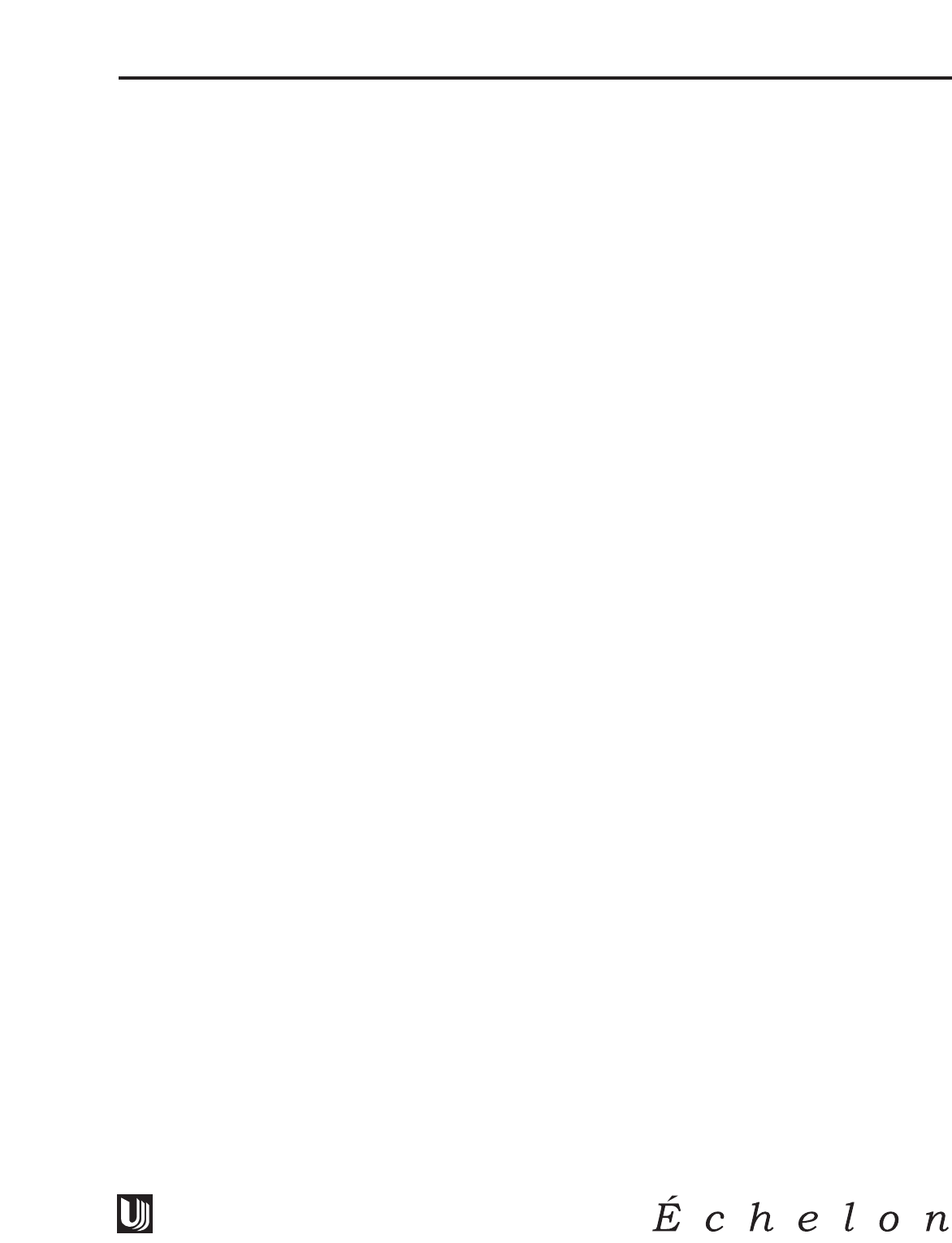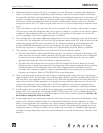
15
Design
■
Features
■
Performance
6. When the initial three-minute fill cycle is complete, the unit will enter ice making and refrigeration
mode (1) if the bin is empty or below the sensor. However, after the first slab of cubes is harvested,
the controller will follow the logic defined in #5 above and realizing the refrigerator is too warm, will
continue in refrigeration only mode (3) until the requirement is satisfied. Thus, upon start-up, the user
will see one slab of ice dropped in about 30 minutes, and then there will be no more ice until the
refrigerator reaches 42°F or a higher set point (this may be 2 to 3 hours depending on ambient condi-
tions).
7. There will also be a water fill cycle after the ice bin has been “full” and then calls to make ice again.
This can occur when the refrigerator side is off as shown in Mode 6, or when it is on, which is shown
in Mode 8. If the refrigerator side is on, when the fill cycle initiates, it will remain on until the fill
cycle is completed, even if the refrigerator sensor is satisfied.
8. The controller has a four degree differential designed into it for the refrigerator sensor, such that when
it is set to 38°F, the refrigerator will cool until the refrigerator sensor reads 36°F and will not re-initiate
refrigerator cooling until the sensor reaches 40°F. So someone monitoring actual temperature (by
pressing WARMER momentarily) may see the refrigerator off when the temperature is a degree
warmer than set point, or refrigerator on when it is a degree below set point. Refer to Controller.
9. The controller is equipped with two error indicator LEDs on the display module:
• One LED dot flashes to indicate the P60 drain pump is, or has been, restricted. If the pump or line
clears itself, the unit will re-initiate operation, but the light will stay on until the unit is unplugged
or power to the unit is broken. In the event that the P60 pump shuts down the clear ice maker
operation the refrigerator side will continue to operate normally.
• The other LED dot indicates that one or more of the thermistors has failed or been out of limits.
If the bin sensor or liquid line sensor fails, the refrigerator will continue to operate, but ice making
will be shut down. If the refrigerator sensor fails, the refrigerator will be shut down, but the
ice maker will continue to operate. A sensor would normally fail by opening up (no continuity) or
shorting (no resistance). Refer to CONTROLLER for more information.
10. There is no high limit cut-out on this unit, however, if the liquid line sensor were to go out of range
(approximately 185°F), the thermistor error indicator light will flash, and the ice maker side of the unit
will shut down. The refrigerator will continue to run. When the temperature of the liquid falls back in
range, the unit will re-initiate operation, even though the error indicator light stays on. The unit will
not normally experience this condition up to 110°F, but conditions such as door openings, heavy
loading, restricted airflow, dirty condenser, or direct sun light may contribute to reaching this mode.
11. In both modes, unit on, but no need for ice or refrigeration, and Mode 7, clean cycle. The evaporator
bypass valve coil is energized, even though the REF VALVE relay is off. This is a double throw relay,
so either the refrigeration valve or refrigeration bypass valve coils are always energized, but they can
never both be energized at the same time.
12. In most applications, the refrigerator evaporator will remain frost-free by clearing itself between refrig-
eration cycles. However, because there is no thermostat bulb directly on the evaporator as in the
other U-Line refrigerators, the controller runs a thirty-minute refrigerator off-cycle, for every 12 hours
of clock time. This means the refrigerator side of the unit will not cool during that period even if the
refrigerator sensor is calling for cooling. The ice maker side can make ice if needed (same operation
as Mode 2, except refrigerator sensor may not be satisfied), or can also be shut down if the bin is full
(Mode 5).
SERVICING


















